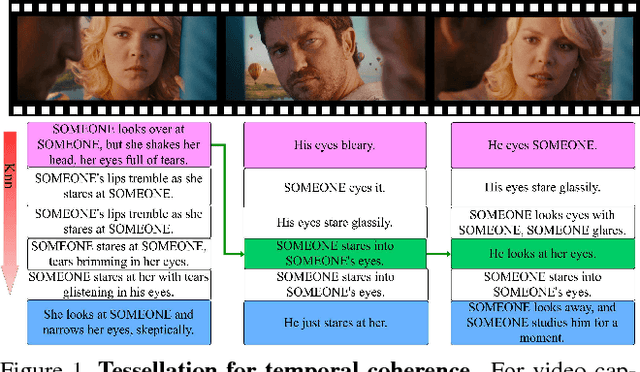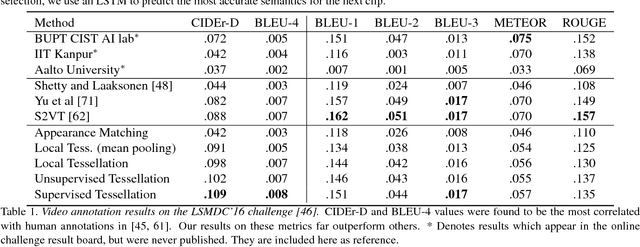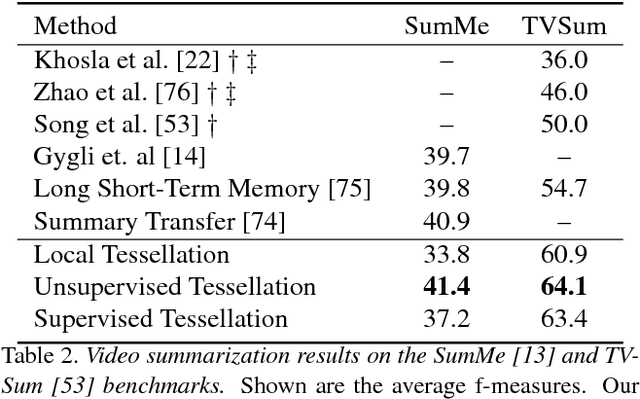Dotan Kaufman
Balancing Specialization, Generalization, and Compression for Detection and Tracking
Sep 25, 2019



Abstract:We propose a method for specializing deep detectors and trackers to restricted settings. Our approach is designed with the following goals in mind: (a) Improving accuracy in restricted domains; (b) preventing overfitting to new domains and forgetting of generalized capabilities; (c) aggressive model compression and acceleration. To this end, we propose a novel loss that balances compression and acceleration of a deep learning model vs. loss of generalization capabilities. We apply our method to the existing tracker and detector models. We report detection results on the VIRAT and CAVIAR data sets. These results show our method to offer unprecedented compression rates along with improved detection. We apply our loss for tracker compression at test time, as it processes each video. Our tests on the OTB2015 benchmark show that applying compression during test time actually improves tracking performance.
Temporal Tessellation: A Unified Approach for Video Analysis
Apr 14, 2017



Abstract:We present a general approach to video understanding, inspired by semantic transfer techniques that have been successfully used for 2D image analysis. Our method considers a video to be a 1D sequence of clips, each one associated with its own semantics. The nature of these semantics -- natural language captions or other labels -- depends on the task at hand. A test video is processed by forming correspondences between its clips and the clips of reference videos with known semantics, following which, reference semantics can be transferred to the test video. We describe two matching methods, both designed to ensure that (a) reference clips appear similar to test clips and (b), taken together, the semantics of the selected reference clips is consistent and maintains temporal coherence. We use our method for video captioning on the LSMDC'16 benchmark, video summarization on the SumMe and TVSum benchmarks, Temporal Action Detection on the Thumos2014 benchmark, and sound prediction on the Greatest Hits benchmark. Our method not only surpasses the state of the art, in four out of five benchmarks, but importantly, it is the only single method we know of that was successfully applied to such a diverse range of tasks.
 Add to Chrome
Add to Chrome Add to Firefox
Add to Firefox Add to Edge
Add to Edge